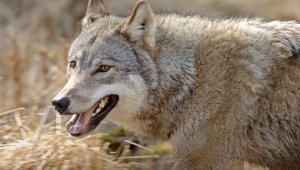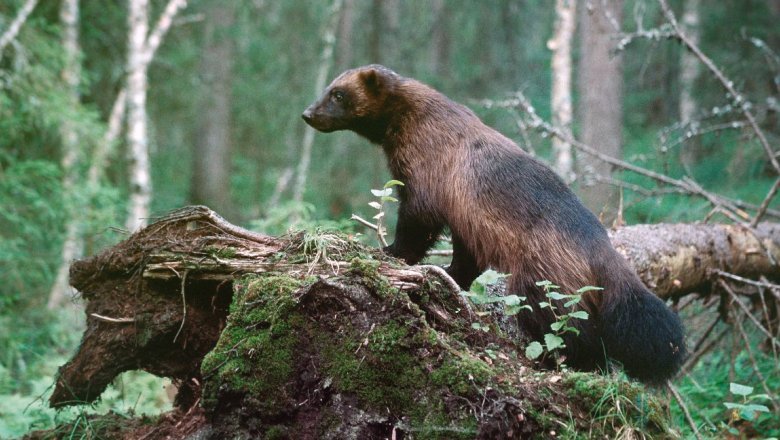Wolverine behaviour and reproduction
The wolverine belongs to the sub-set of carnivores that feed on carrion and as a predator it is clumsy when compared to the other large carnivores. The wolverine's hunting practices seem somewhat amateurish. This is why it chooses to prioritise scavenging over hunting when searching for food: the wolverine may travel up to 20–40 km in a single day. In a sense its life consists of continuous exploration. The wolverine has no natural predators, but it will stay away from wolves.
Diet and hunting behaviour
The wolverine is a carrion feeder. As a predator it is clumsy when compared to our other large carnivores, but in the winter it can still kill several reindeer in quick succession.
Distribution of wolverine
The wolverine population has increased by approx. ten per cent a year over the last three decades.

